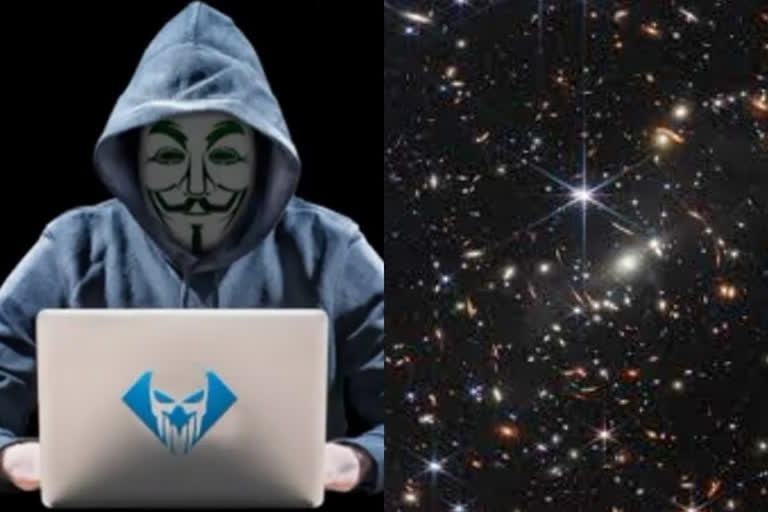New Delhi: Cyber-security researchers have identified a unique attack where hackers are exploiting a hugely popular deep space image taken from NASA's James Webb telescope to infiltrate computers with malware. A newly-discovered hacking campaign is exploiting an image from the James Webb Telescope to infect targets with malware.
In July, James Webb produced the deepest and sharpest infrared image of the distant universe to date, known as the 'First Deep Field'. Now, Securonix Threat research team has identified a persistent Golang-based attack campaign, that incorporates an equally interesting strategy by leveraging the deep field image taken from the James Webb and obfuscated Golang (or Go) programming language payloads to infect the target system with the malware.
Golang-based malware is on the rise gaining popularity with APT hacking groups such as Mustang Panda. Go is an open-source programming language developed in 2007 by Robert Griesemer, Rob Pike, and Ken Thompson at Google. "Initial infection begins with a phishing email containing a Microsoft Office attachment. The document includes an external reference hidden inside the document's metadata which downloads a malicious template file," said the researchers.
Also read: Vodafone Idea denies data leak of 20 million postpaid customers
When the document is opened, the malicious template file is downloaded and saved on the system. Finally, the script downloads a JPEG image that shows the James Webb Telescope deep field image. "The image file is quite interesting. It executes as a standard jpg image as seen in the image below. However, things get interesting when inspected with a text editor," the researchers explained.
The generated file is a Windows 64-bit executable which is on the large size, at around 1.7 MB. Securonix recommended the users to avoid downloading unknown email attachments from non-trusted sources, and prevent Microsoft Office products using the company's security recommendations. (IANS)



